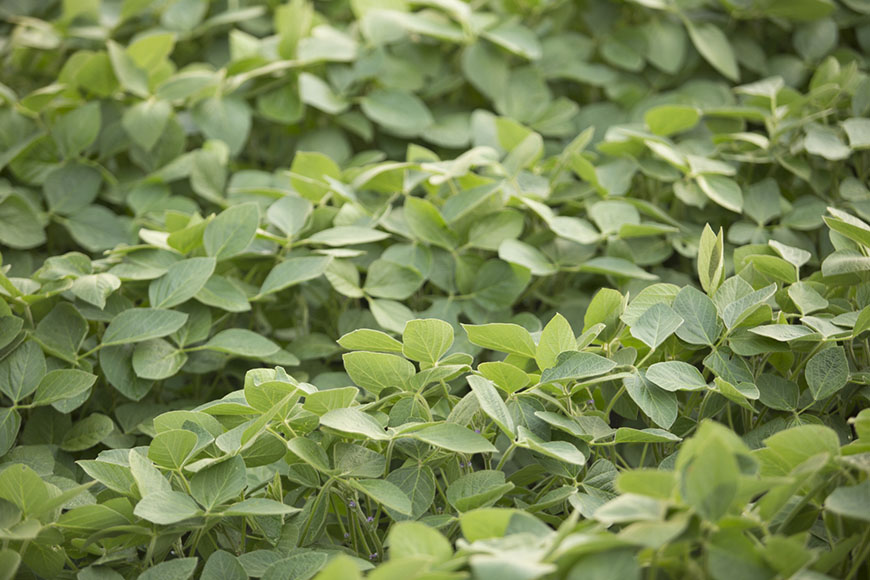Catching the Biggest Robber of Soybean Yields

I get a lot of questions from growers about the yield variability they’re experiencing with soybeans. It can vary greatly from field to field or even within the same field. There can be several causes, such as too much drainage, which leads to dry soils and moisture stress. Or if there’s too little drainage, the result can be wet soils and, therefore, all too often, disease.
But it’s soybean cyst nematode (SCN) that continues to be perhaps the biggest problem in soybeans across the United States and Canada. Every year, the area affected by the disease grows larger. According to a North Dakota State University study, it’s the most damaging U.S. soybean disease. Check out this diagram to see how SCN is spreading.
After harvest is a great time to scout for SCN. Typically, this is a good indication of what the population will be in the spring. The disease is often found in parts of the field such as entrances, shelterbelts, and flood prone or low spots—where soil from other areas is being deposited. The plants are often stunted, possibly a lighter shade of green, and might suffer significant loss at season’s end.
But SCN can also be present throughout the field in pockets that aren’t as easy to spot, and it can lay dormant for years in some cases. Often, the areas within the field where symptoms showed up later in the season, after the last major scouting activities, were where the disease had not been seen or noted during the earlier scouting.
Whether you scout by walking or riding through fields or use remote sensing technology, such as satellite imagery from the R7® Tool or UAV imagery, acting now is critical to protecting your yield for the next year.
But it’s soybean cyst nematode (SCN) that continues to be perhaps the biggest problem in soybeans across the United States and Canada. Every year, the area affected by the disease grows larger. According to a North Dakota State University study, it’s the most damaging U.S. soybean disease. Check out this diagram to see how SCN is spreading.
After harvest is a great time to scout for SCN. Typically, this is a good indication of what the population will be in the spring. The disease is often found in parts of the field such as entrances, shelterbelts, and flood prone or low spots—where soil from other areas is being deposited. The plants are often stunted, possibly a lighter shade of green, and might suffer significant loss at season’s end.
But SCN can also be present throughout the field in pockets that aren’t as easy to spot, and it can lay dormant for years in some cases. Often, the areas within the field where symptoms showed up later in the season, after the last major scouting activities, were where the disease had not been seen or noted during the earlier scouting.
Whether you scout by walking or riding through fields or use remote sensing technology, such as satellite imagery from the R7® Tool or UAV imagery, acting now is critical to protecting your yield for the next year.


